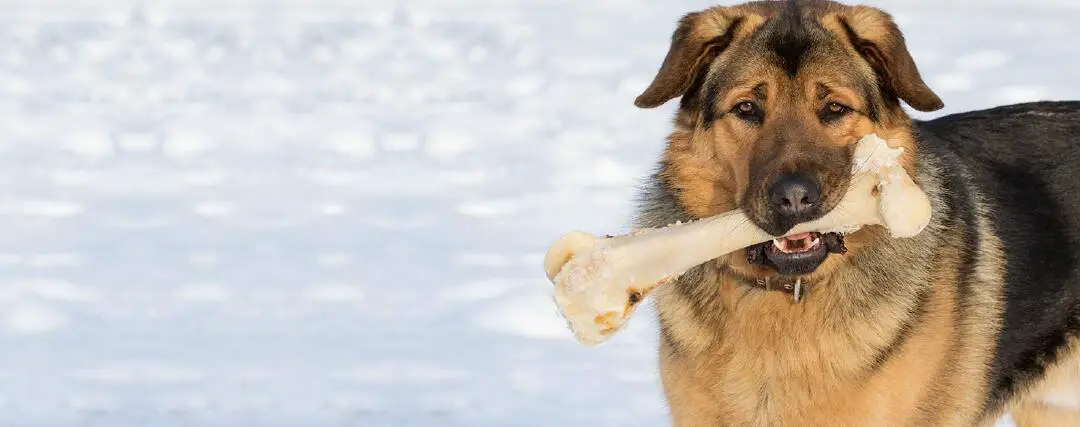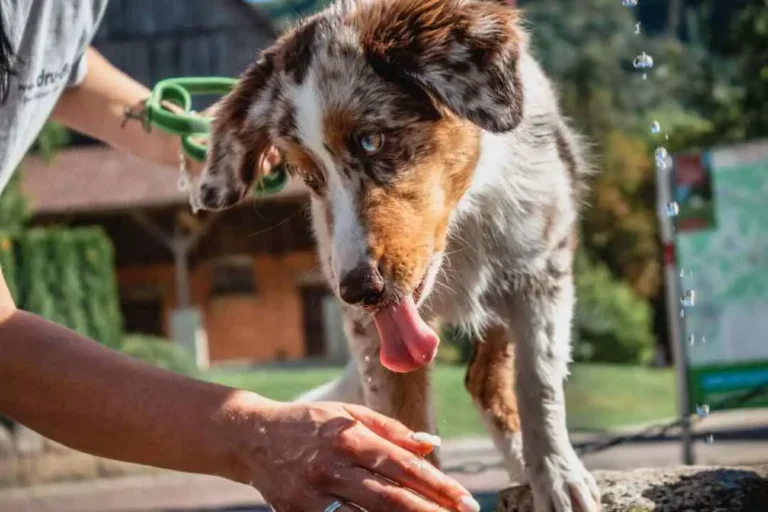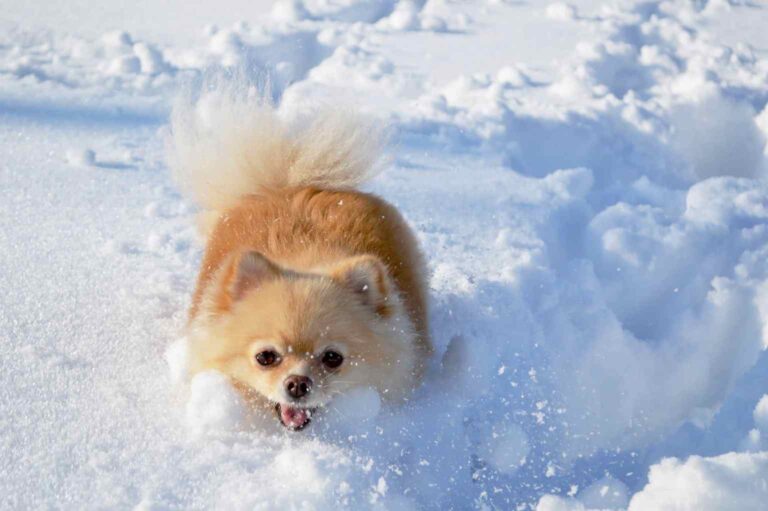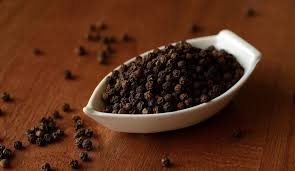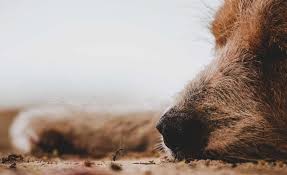Why Do Dogs Like Bones?
Historical reasons:
Various studies have discovered that modern dogs descend from wolves which hunt their preys since 8,000,000 years. These antiquated predecessors were “hyper carnivores”. They had an eating regimen that comprised of over 70% meat and bones. Over time, these creatures are grown with strong teeth and jaws that allowed them to eat bigger prey. Those solid teeth and bones have been given to current dogs. Since they can eat any piece of their prey, including the bones, they did as such and keep on doing so today.
Our ancestors additionally took care of dog’s food and bones to keep dogs steadfast and to tidy up our trash. At last, a few dogs even started to depend on these people and continued returning for the delicious treats. It was a simpler method to get a dinner than chasing for it. Our ancestors likewise perceived that bones furnished their dogs with mental incitement, which kept the wolves around longer.
Out of home anxiety:
Many dogs like bones while acclimating to their new home, have a dread of surrender. Walk and out of the house a few times, and rapidly, to guarantee your dog that you’ll generally be returning.
Boredom:
Majority of the dogs chew or play with bones because of weariness and to use up their abundant internal energy.
Kind of Pleasure:
Dogs feels great when they chew bones on the grounds that a feel good hormone named endorphins are delivered from their brain.
Healthy benefits and advantages of chewing bones:
The marrow found in animal bones is high in fat, making it a supplement thick and delightful nibble for your dog. The actual bone contains fat, but still the greasy marrow stores inside the bone. In spite of the fat found in bone marrow, the actual bone is a wellspring of fundamental nutrients. The dogs get all they need from their dog food. But their predecessors were depended on bones. Because, bones were a wellspring of calcium phosphate and other minor elements.
Raw bones are good source of calcium phosphate. The calcium found in bones might be more effectively consumed by your dog than different sources. Your vet may have suggested a calcium supplement for your dog, or you have a large sized doggy then you could feed them with raw bones for their quick development.
Crude bones can help to keep your dog’s regular bowel movements and clean their digestive tract. Essentially, as your dog chews and separates their bone, it adds roughage to their eating routine. Thus, this likewise helps your dog express their anal glands.
Chewing is one of your dog’s best protections against plaque and tartar. Dogs in the wild don’t have proprietors to help brush their teeth a couple of times each month, correct? At the point when your dog chews on raw bones it scratches away the dirt and plague in dog’s teeth.
Furthermore, chewing raw bones encourage salvia creation. The creation of proteins in the salvia is liable for keeping your dog gums which bones are suitable for dogs? Raw bones are usually suitable to eat for dogs.
Raw chicken, turkey, sheep, or meat bones are delicate to chew, eat, and digest. Other bones which are safe for dogs
• Beef femurs
• Duck feet
• Lamb ears
• Cow ears
• Turkey Feet
• Chicken necks
• Lamb necks
• Pork ears
• Turkey necks
• Elk necks
• Beef knuckles
It’s alright to give your dog huge, raw, cow bones or buffalo bones. The bone should be large enough so your dog can’t swallow it, and it should be raw, so it won’t fragment.
All things considered, with all bones, there is a danger of choking. If your dog swallows without fine chewing, and bones that are too hard can harm the teeth.
Recreational bones are not intended to be palatable, yet rather chewed by dogs.
These bones may have meat, ligament, or delicate tissue actually appended. You can generally discover these at your nearby butcher.
Bones with marrow are high in fat. Make a point to change your dog’s eating routine to redress. But, if your dog needs a low-fat eating regimen, you might be lucky to be not giving marrow-filled bones to your dog.
Side effects of chewing bones:
One note: If this article has spurred you to give your dog a bone, ensure that it is a raw bone. Cooking works out the bone oil and softens away the fat in the bone marrow. So, making cooked bones are less attractive. Besides, cooked bones are significantly more fragile and eating sharp bone splinters can harm your dog. Generally, the raw bones and the fat attached to them are ground down and devoured by dogs. Ensure that the bone can’t be gulped down.
Bones have many helpful components for dogs. Still, we should screen the dogs cautiously while they chew the bones, particularly for long time. Chewing on the bones for longer time can harm and crack teeth. These tooth breaks are excruciating. Veterinary dentistry is regularly needed to cure the circumstance. As often as possible the cracked tooth or teeth need to be removed. Bones stuck in the mouth between teeth can harm the teeth and gums and lead to dreadful contaminations in the mouth.
Bones get circled around your dog’s lower jaw. This can be very unpleasant and difficult for your dog. While chewing the bone, the dog use its lower canine teeth to break the center of the bone. Hefty sedation and at times anesthesia is needed to have the option to remove the bone.
Bones can get caught in the esophagus. The esophagus is the tube that conveys food from the mouth to the stomach. This can bring about torment and pain for your dog. Sedation and medical procedure are important to cure the present circumstance. This is perilous, as the throat is put in danger for cut and crack.
Bones can stuck in the windpipe, or the windpipe. This can occur, if your dog accidently breathes in a piece of bone. This can bring about a prompt respiratory crisis, as your dog will experience relaxing issues.
Bones can likewise stuck in the stomach. Your dog may turn out to be very sickened and got dried out. Medical procedure might be needed to eliminate the bone.
Bones can stuck in the intestinal parcel, bringing about a deterrent. This is perilous that should be attended to right away. Your dog will be not able to eat and will upchuck and disgorge anything he attempts to devour. Hospitalization and medical procedure might be needed to get your dog out of this emergency circumstance.
Bones can cause extreme intestinal draining and irritation. It can turn out to be very serious, this can immediately turn into a perilous circumstance.
Bone sections can stuck in the digestive organs and cause extreme obstruction. This is extremely agonizing for your dog and treatment will be required. These bone pieces can be sharp, they can scratch and bother in the covering of the digestive organ (colon) and rectum.
Bones can likewise infiltrate or punch holes in the digestive organs, potentially stomach. This outcomes in an extreme stomach contamination or peritonitis. This disease kill dogs, it is hard for a dog to endure this kind of injury and contamination. This is a prompt crisis circumstance.
As advised by AKC Pork bones, regardless of whether raw or cooked, are probably going to fragment and break when your dog chews on them. Your dog may try to swallow little bits of the pork bone. This could prompt gagging, intestinal blockages, or harm the throat or digestive organs. These conditions are very risky.
At the point when your dog chewing raw ham bones or soup bones or rib bones, it breaks into many pieces that can do a ton of harm to your dog’s stomach related organs. The following 24 hours after your dog eats a ham bone are crucial. It can likewise make cuts and wounds their mouth, throat, and stomach when ingested
Safety measures to be taken during eating bones by dogs:
As mentioned by FDA there are multiple things that needs to be monitored if you notice your dog playing with bones.
If you find your dog profoundly engaged with eating some raw chicken, don’t freeze. In case it’s raw chicken that you’ve bought from a store and cooked, they’ll be fine. In any case, if it’s unwashed and directly from the market, Keep it away from your dog and watch them warily for the next very few days.
Some enormous dogs can deal with more modest bones on account of their chewing style. Other huge dogs need a huge bone to keep them safe. Get rid of the bones once it’s little enough to fit in their mouth as it has stifling danger.
Refrigerate raw bones when your dog isn’t chewing them, and dispose of the bone following a couple of days. This brings down the danger of bacterial sickness.
Make sure that they haven’t ingested whatever can impede their throats. Most dogs will upchuck any aggravations in their throat, yet on uncommon events they may ingest the whole bone. Keep a nearby watch on their crap to check whether they aren’t draining inside.
Dogs have digestive tract around 1-1/2 times the length of their body. People have 30+ feet of small digestive tract and 8+ feet of internal organs.
In the event that your dog eats a chicken bone, watch him closely for any indications of trouble.
• Do you see any rectal draining or blood in his stools?
• Does the dog hack like he has something trapped in his throat?
• Is he stressing to pass a stool?
• Does his midsection look enlarged?
• Is your pet dormant?
Involve your vet if your dog shows any of these signs. Your pet may need a x-ray to decide whether a bone is causing a major issue that requires clinical intercession.
As you can see there are many significant reasons to avoid giving your dog bones to chew. Chewing can be necessary and important activity for dogs, not only is chewing healthy for teeth and gums, but it can also be an enjoyable activity for dogs. If you don’t want to take any risks with raw bones, there are a variety of artificial bones specially made for dogs to chew, including rawhide, nylon, and starch-based bones available at pet stores. I recommend that you discuss safe, non-bone options with your dog’s veterinarian to figure out which product is the most appropriate for your dog.
